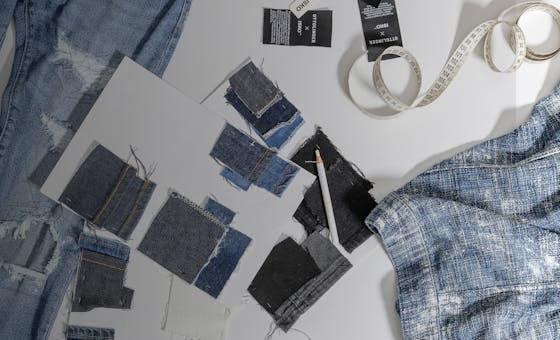Circularity: we’re all in this together — or we’re not in it at all
Circularity. Closed loop. Zero-waste. Are these more than buzz words? That may depend on who you ask.
With a focus on fashion, ISKO worked with a third-party market research company to survey over 3000 individuals in six major denim markets. We asked our respondents if they were familiar with closed loop apparel systems and 74% said “no”.
Despite 90% of people expressing interest in conserving the planet, “circularity” was ranked as the least important out of nine sustainability topics. When asked who the main player in circular fashion was, only 28% responded “all stakeholders”. Why are consumers in the dark when it comes to circularity? The answer is simple: the logistics of circularity haven’t included the consumer yet.
Next to eliminating overconsumption, circularity is one of the most significant paths to making positive impact on the planet. That’s because a circular system captures waste and transforms it into new material — just like in nature. But that’s only one piece of the puzzle — companies depend on consumer cooperation to retrieve that waste. The industry must deliver tools to enable circularity and educate consumers on how the tools work.
Both post-industrial and pre-consumer waste are relatively easy to collect and recycle. This is contained waste that never reaches the consumer. Mechanical and hydrothermal recycling methods are then used to separate blended materials and produce pure, raw fibres again.
Post-consumer waste — waste that the consumer has already used and discarded — is just as easy to recycle, but much harder to collect. ISKO has collection partners in the EU to gather waste from brands and retailers. Nowadays, only a fraction of this is post-consumer, but this will change.
Our research revealed that only 4% of consumers regularly bring their clothes to a retailer for take-back. When asked if they’ve ever used a take-back scheme, 51% of respondents said “no”, while 12% didn’t know what a take-back scheme was.
We have the resources to collect and recycle waste. Take-back schemes must now become profitable for the industry and accessible to consumers, and consumers need to understand how to get involved. All levels of the supply chain need to strategically work together to adopt and enable this new business mentality.
These efforts should not be created to perpetuate a culture of disposable fast fashion. Clothing should also be durable and timeless so that it stays in the wardrobe longer. Innovations can improve our products and our thinking: a time-based incentive could motivate consumers who extend the lifespan of their clothing and postpone recycling.
Fashion circularity is possible and within reach, but it takes everyone working together to make it successful. We must decide to be in it together — or we run the risk of not being in it at all.
THANK YOU
Thanks for signing up to the ISKO™ newsletter. To start receiving the latest news and stories, please check your inbox for a confirmation email.

